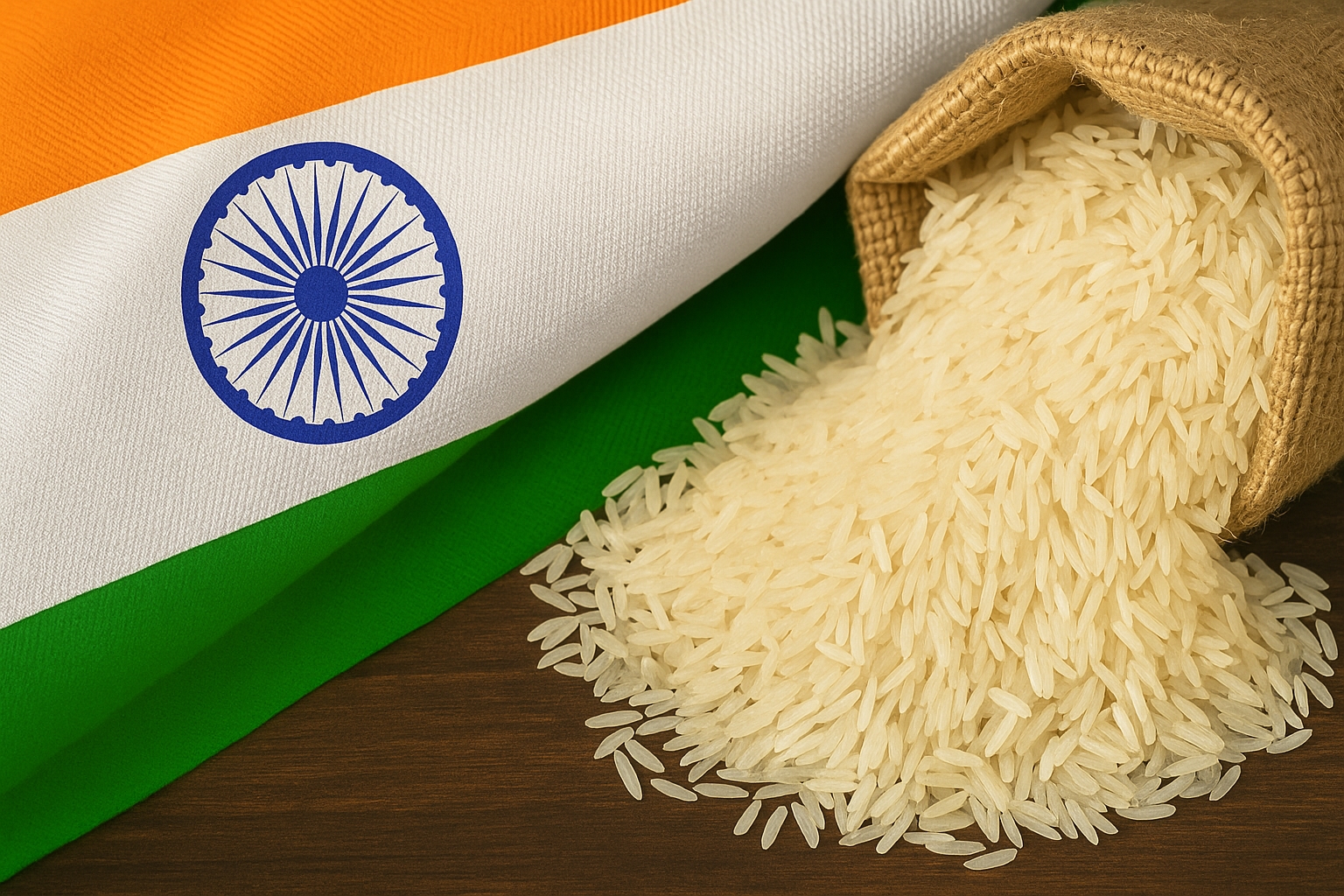
India has always been a major player in the global rice trade, but in 2025, the country is experiencing an unprecedented surge in rice exports. With changing global consumption patterns, disrupted supply chains from other producing nations, and a growing reputation for Indian rice varieties, the momentum is clearly in India's favor.
For importers looking to capitalize on this shift, understanding the reasons behind India’s export growth and how to navigate the Indian rice market is essential.
A Record Year for Indian Rice Exports
According to recent trade data, India is set to remain the world’s largest rice exporter in 2025, maintaining its stronghold in both Basmati and non-Basmati segments. The country is expected to export over 24 million tonnes of rice this year, cementing its position among the top 10 rice exporting countries.
This surge is driven by:
Increased production due to favorable monsoons and better agricultural practices
Government incentives and streamlined export procedures
Rising global demand for affordable and premium-quality rice
Strategic market expansion in the Middle East, Africa, Europe, and Southeast Asia
What Makes Indian Rice So Attractive to Importers?
1. Wide Variety of Rice Types
India offers a comprehensive range of rice varieties, catering to different price points and taste preferences. From fragrant, long-grain Basmati rice to affordable and versatile IR 64, Sona Masoori, and Swarna, India’s portfolio suits a broad spectrum of consumers.
Importers particularly favor India for its:
Customizable grain lengths and qualities
Availability of organic and parboiled options
Reliable year-round supply chain
Many believe India offers the best rice quality in India when it comes to flavor, texture, and consistency, especially in aged and premium basmati varieties.
2. Competitive Pricing and Packaging
India's favorable climate and large-scale production allow for competitive pricing without compromising quality. In 2025, the Indian government will have also facilitated better logistics, reducing overall export costs.
Additionally, Indian rice exporters provide flexible packaging solutions from 1kg retail packs to 50kg bulk sacks, making it easier for importers to meet market-specific needs.
Key Markets Driving Demand
While India exports rice to over 150 countries, several destinations are contributing significantly to the current surge.
Middle East
Countries like the UAE and Saudi Arabia are top importers of Indian Basmati rice. The demand to export rice from India to Dubai has grown by over 15% in the first quarter of 2025 alone, driven by the large Indian diaspora, expanding foodservice businesses, and rising interest in healthy grains.
Africa
Non-Basmati rice dominates Indian exports to Africa, where cost-effective, filling grains are essential. Varieties like IR 64 and Swarna are in high demand.
Europe and the USA
Health-conscious consumers and ethnic food markets are fueling Basmati and organic rice sales in Western markets. Strict quality checks and traceability from Indian exporters help meet international standards.
India vs. Other Rice Exporting Countries
Among the top 10 rice exporting countries, including Thailand, Vietnam, Pakistan, USA, and China, India has a clear edge in:
Volume and variety
Competitive pricing
Established trade networks
Infrastructure and scalability
Thailand and Vietnam focus primarily on Jasmine and sticky rice, while India has carved out a niche with its superior Basmati and versatile non-Basmati offerings.
What Importers Should Consider in 2025
For those looking to import Indian rice in 2025, here are key factors to consider:
1. Know Your Market's Preference
Before placing large orders, study consumer preferences in your country—grain length, texture, cooking style, and aroma all matter. In the UAE, for instance, aged 1121 Steam Basmati is highly preferred for its aroma and elongation.
2. Choose the Right Exporter
Work with trusted exporters who have proven experience and certifications like APEDA registration, ISO, FSSAI, and organic compliance. Reputable suppliers such as Shah Enterprises offer full traceability, quality assurance, and consistent delivery timelines.
3. Focus on Packaging and Labeling
Ensure compliance with your local market's labeling regulations. Exporters from India often offer private labeling, custom branding, and multi-language packaging to meet country-specific needs.
4. Verify Logistics and Transit Times
Shipping timelines, port connections, and incoterms are important when calculating costs and managing inventory. India has improved port infrastructure and has streamlined customs clearance for agri-exports in 2025.
Opportunities for Growth in Health-Focused Segments
There is rising global awareness about nutrition and wellness, and Indian rice fits well into this trend. Importers can explore:
Low GI rice for diabetics
Brown, red, and black rice for wellness-conscious consumers
Organic rice for health food chains
This is where the story of Indian rice intersects with broader food trends—consumers are choosing rice not just as a staple, but as a healthy, clean-label product.
Conclusion
The year 2025 marks a defining chapter for Indian rice exports. As global demand surges, India’s unmatched diversity, competitive pricing, and quality have made it the go-to source for importers worldwide. Whether you're a wholesaler, a distributor, or a retailer, there's never been a better time to import rice from India.
With reliable exporters, transparent processes, and a wide array of varieties, India stands ready to supply the world’s rice bowl. Make sure you leverage this momentum to build long-term value in your local markets.
